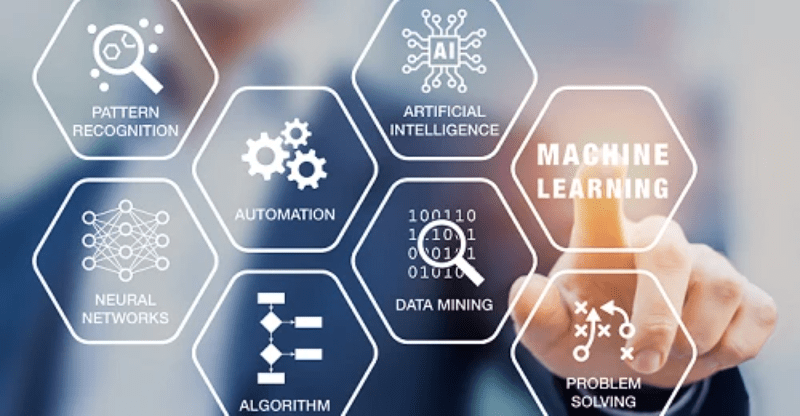
Many of the companies are deploying machine learning models to the production environments for the reason that it is a cost-effective solution. It reduces deployment costs and reduces training costs. One can also measure the productivity of the models in the production environment and can make some important decisions about future models. Moreover, some of the deployment teams are using this method for deploying complex models like the convolution neural network (CNN) and multiagent training software. This article will help you know about the benefit of deployment in a production environment.
Generally, it is believed that large data sets need more manual intervention than smaller data. However, if you are using a high-end and multi-core laptop or desktop machine then you may not notice the difference between the larger and smaller data sets. With the help of Renders in a production environment, only very high-level models can be deployed to the laptop or desktop machines and the lower level models to the web machines. The advantage of such a method is that you can easily tune the model parameters and easily tune the learner for each of the tasks.
If you are planning to use Deploy Machine Learning in a production environment then you should check out some advantages that you can get from such a process. You can get easy tailoring of the models in a production environment by making simple configurations. In this process, you can easily change the weights of the classes at runtime. Another advantage is that you can easily tune the learner for complex tasks. Such capability is available only with the NLP or Natural Language Processing capability.
Machine Learning Models comes along with a wide range of applications and you can use it for any business. For example, if you are using a stock trading system then you can easily measure the variation in prices of stocks. Such systems are widely used for day-to-day business analysis and they are used in large organizations as well. Therefore, if you are looking for deployment in a production environment then it would be a perfect choice for you. In such cases, the process will be quite flexible and you can use the learned methods in multiple processes simultaneously.
When you deploy these learning models in production environments then there are two types of learners. The first one is the supervised one and the other one is the unsupervised one. The supervised learners require training and the unsupervised learners don't need any training. Basically, the process will help you get the best results and they are quite simple to deploy. This is why these are the ideal models for deployment.
It is quite clear now that these processes can bring a lot of improvements to your business and you can get better results. However, there are some limitations of machine learning and you should keep all of them in mind. First of all, it is quite expensive in comparison to other traditional data mining methods. Secondly, deployment in a production environment is quite difficult. Last but not least, the deployment must be done with sufficient expertise because it requires a careful inspection before finalization. Check out this related post to get more enlightened on the topic: https://en.wikipedia.org/wiki/Product_lifecycle.